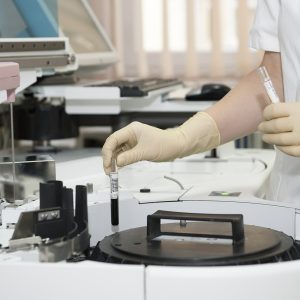An advanced anatomy course developed for people wishing to develop a career in health and human sciences, paramedical jobs and alternative therapists, specially massage therapists and other health care professions working in close contact with the patients body.
COURSE CONTENTS
There are 7 lessons in this module as follows:
- Surface Anatomy
- Gross Anatomy
- Systemic Anatomy
- Regional Anatomy
- Radiographic Anatomy
- Histology
- Cytology
WHAT YOU WILL DO IN THIS COURSE
- Describe the importance of the following structures of the eye: eyelids, eyelashes, and eyebrows.
- What structures form the oral cavity? Briefly describe their importance.
- Using the internet or other reference material, outline and describe otitis media and its causes.
- Besides the eyes, ear, and mouth – what other structures can be studied without a microscope? List at least ten.
- Using the internet or other reference material, describe the three basic functions of the nervous system that are necessary to maintain homeostasis.
- Using reference materials or the internet, distinguish between grey and white matter and describe where they are found and their differences.
- Using the internet or other reference material define the following: resting membrane potential, depolarization, repolarization, polarized membrane, nerve impulse, depolarized membrane, repolarized membrane, and refractory period.
- List and describe the structure of the four principle parts of the brain.
- Compare and contrast neurons and neuroglia, describing both structure and function
- List the names and locations of the principal body cavities and their major organs.
- List the names and locations of the abdominopelvic quadrants and regions.
- In which quadrant would you feel the pain from appendicitis? From an inflamed liver or gallbladder problems? Problems with the sigmoid colon? Problems with the spleen?
- Using the internet or other reference materials find a sample image of the listed medical imaging techniques





